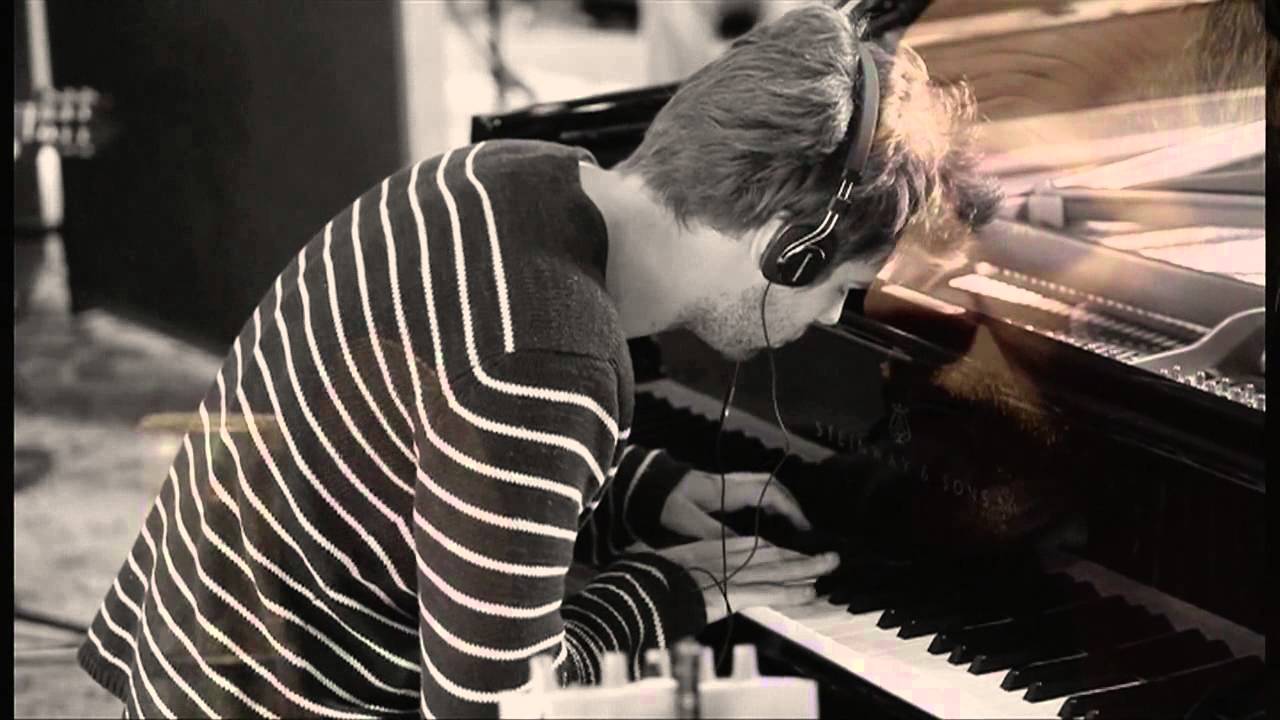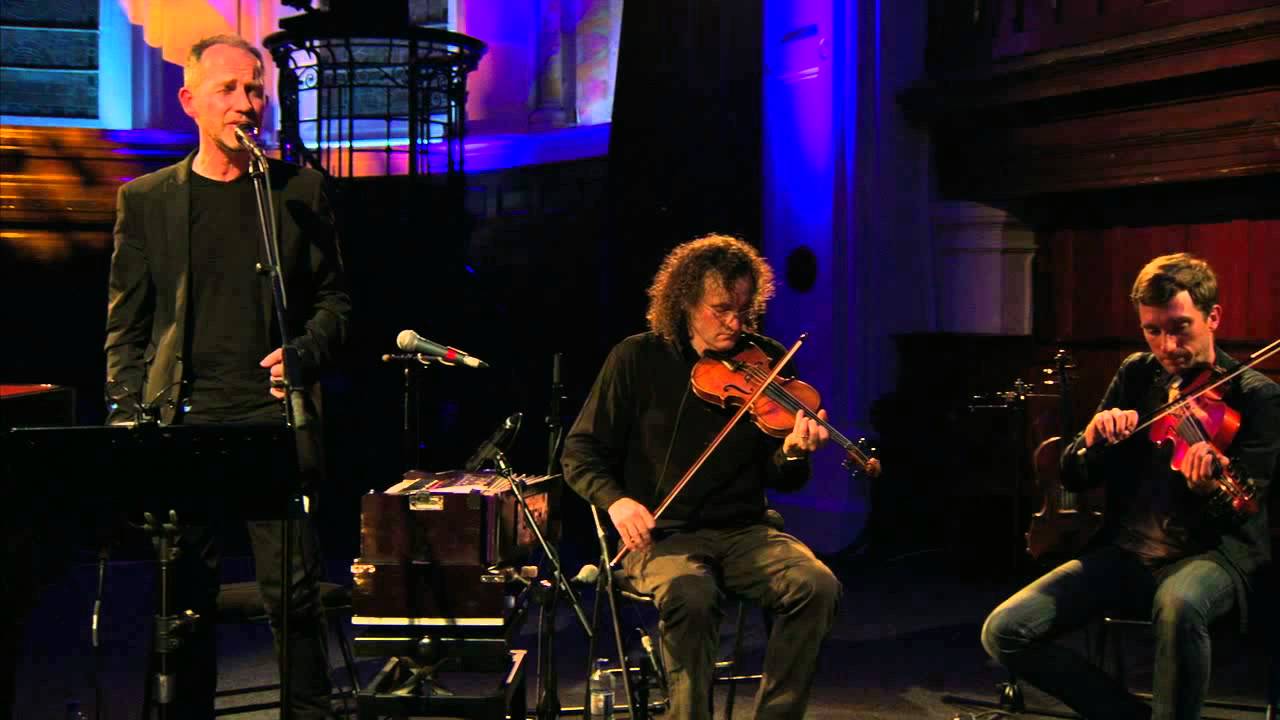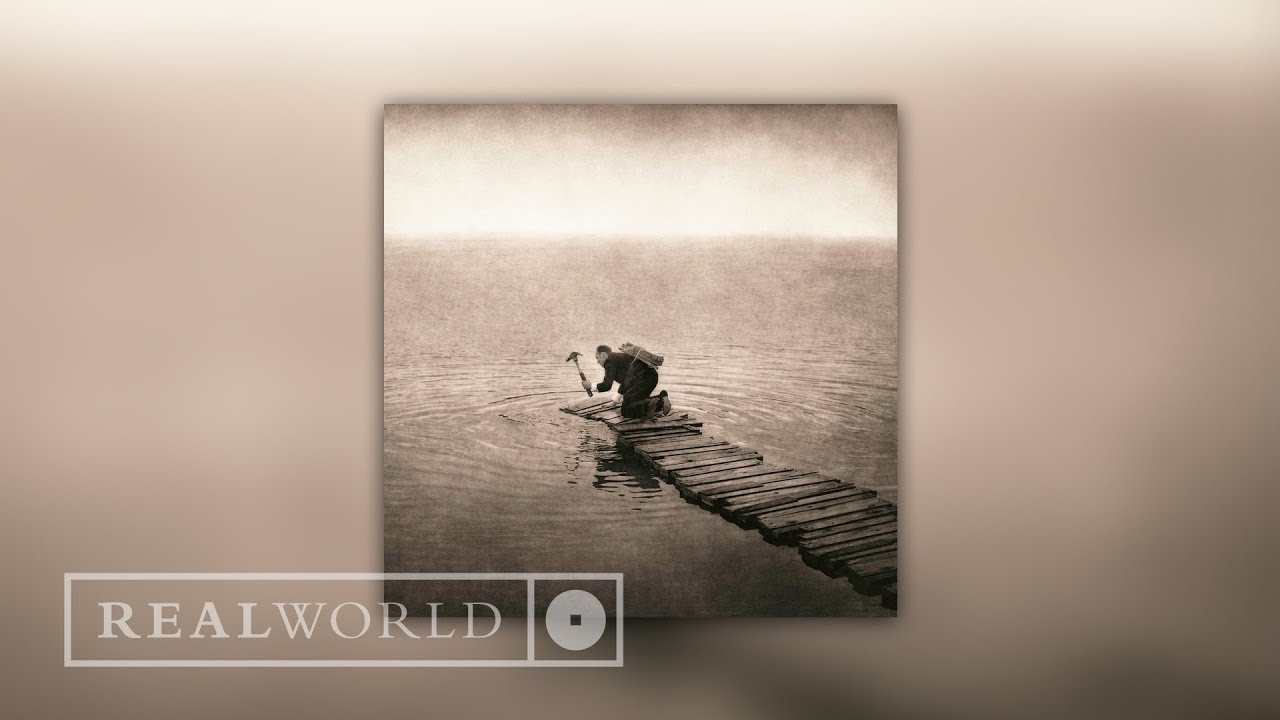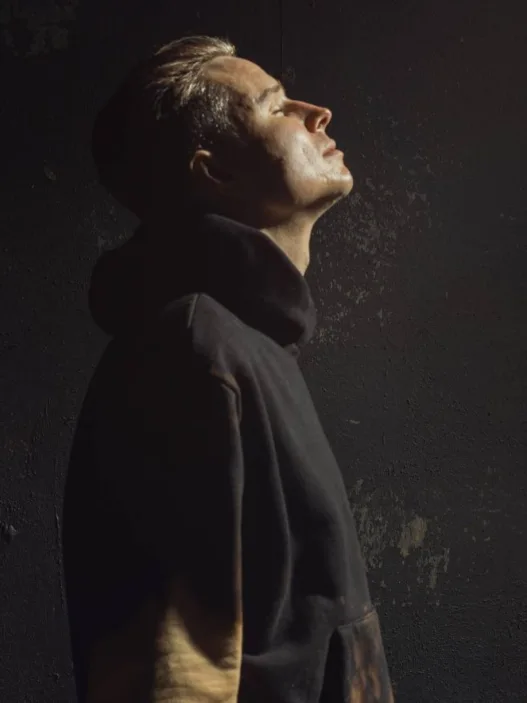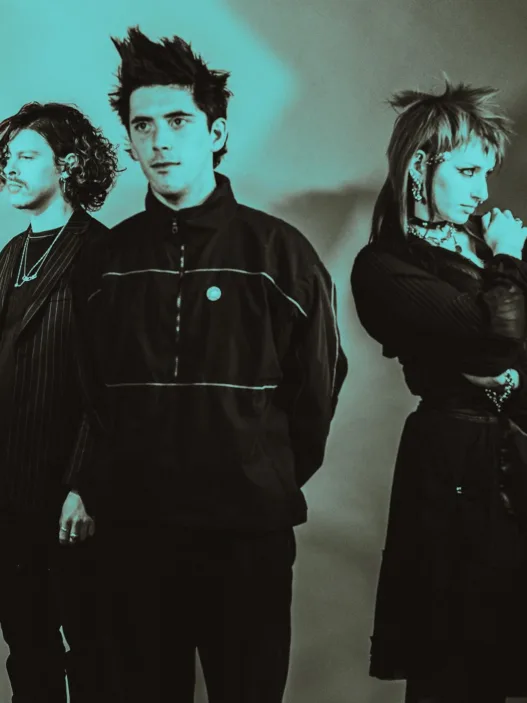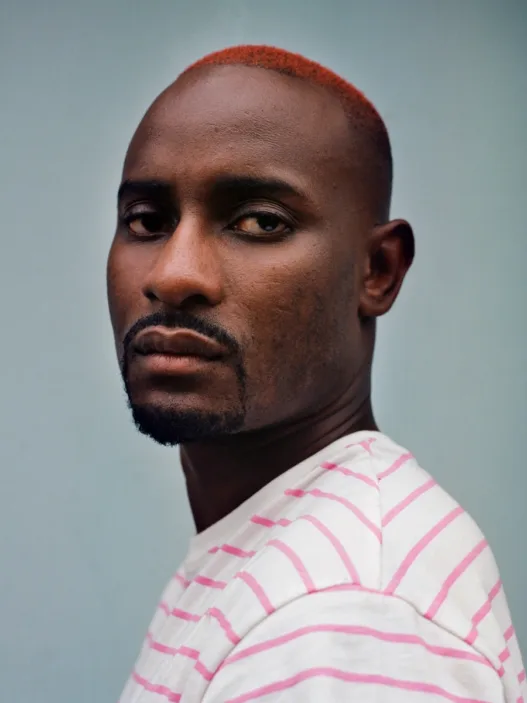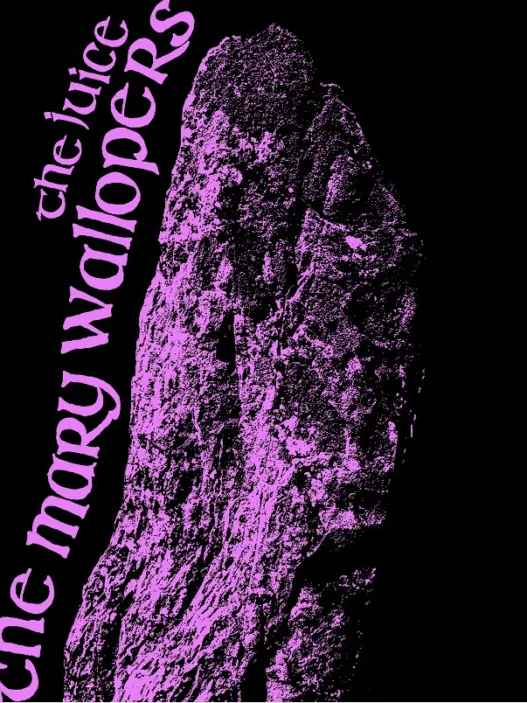Irish traditional music is a stranger to me. It’s always been. I’ve a cursory knowledge of some jigs, reels, sean nós, and some of the history of it but not much. As a Dublin kid and a Kildare teen, I wasn’t surrounded by it. My family didn’t play it or participate in it, save for my dad playing Planxty’s ‘Cold Blow And The Rainy Night‘ on cassette to us kids and some other records that were played on occasion. Trad seemed very much tied to places much more rural, more Irish, than I frequented.
That partly explains why I’ve never really delved into it. I dived too deep into other worlds of music to care for much of my life. Trad was accepted by me was a bedrock of Irish culture and I left it at that. It exists, it helped to define our place in the world, but it did not belong to me. It was old, I was young.
So when positivity and excitement poured from that world into mine and I wrote about these exciting things, I was quickly put in my place as a disrespectful unknowning fool. Admittedly, my less-than-precise choice of wording in the headline was always likely to upset the more knowledgeable but my intentions were noble. Here was music I had not really crossed paths with (dismissed would be too strong) peeking its way into my world, and as am I want to do, I zealously wanted to share it with others.
That experience left me slightly intimidated by my lack of knowledge about it. So much so that I didn’t broach the subject much more nor did I delve further. Small increments perhaps but nothing sweeping. Yet, the world of trad and my own, are increasingly poking each other, the latest coming from the album of the groups mentioned in that post, The Gloaming.
If I was to define some of values of music I love (not just like), one of those characteristics is the new: new ideas, new angles, new sounds, new techniques, new visions and new twists on old sounds. I think that explains why trad hadn’t reeled me in (ahem). I’m wired in a thirst for now, music that represents how I live, that mirrors me, that forges its own path, rather than immortalises those that have gone before it.
Watching the South Wind Blows documentary on The Gloaming broadcast on RTE a few weeks ago, fiddle player Martin Hayes echoed that thirst by referencing a desire to cast aside the shackles of tradition, to sidestep expectations (“I had to play music that I knew he couldn’t like,” he says in reference to his father P.J.), established restrictions in musicianship about how things were meant to be (“I had to approach it in ways that some people would find it offensive,” he says) and to make music that had a modern context (“You can’t be self-referential all the time. It has to reference itself against other music. The reality is that we do exist in the wide open world.).
Those self-imposed challenges over the years lead him to to form The Gloaming, a group featuring two other Irishmen: singer Iarla Ó Lionáird, Caoimhin Ó Raghallaigh, playing his hardanger fiddle (a special instrument of Norwegian origin with eight or nine strings rather than four) and two Americans, the guitarist and frequent Hayes collaborator Dennis Cahill and American pianist Thomas Bartlett (who the documentary reveals was an obsessed fan of Cahill’s music from the age of 10, and who booked a live show for him in Vermont when he was 11).
The Gloaming does create new ideas in old ones, by gelling the different experiences of the players. “I don’t recognise the lines that the rest of this band sees,” Bartlett says in the documentary. “They’re very happy to go outside of those boundaries, but the fact that I don’t even know the tradition helps make them disappear.”
The Gloaming album isn’t really “trad”, but it is charged by that sphere. The traditional sounds are clearly there but they’re incorporated with new textures. ‘Allistrum’s March’ has an traditional Irish melody supported by circling piano. The opener ‘Song 44’ begins with Bartlett’s delicate and pensive piano introduces Ó Lionáird’s gentle vocals which in turn, makes way for each of the other instruments and strings to build around the tune in suspense. It starts in one genre and ends up in a combination of a few.
The longest song ‘Opening Set’, taken from the band’s first live performance is a microcosm of the creativity that binds the players with each member getting a spotlight and the song building to a dizzying climax.
There are distinct experimental explorations. ‘The Girl Who Broke My Heart’ uses a contemporary classical dynamic space to explore a musical conversation between the two types of fiddle. On ‘The Sailor’s Bonnet’, Hayes deconstructs a well-known reel into fragments before reincorporating it with the full band. ‘The Old Bush’ has echoes of ambient contemporary minimalism as the two fiddles wheeze and drone in loose pattern with each other across seven minutes before they reconcile with the help of Cahill’s simple guitar encouragements.
The highlight, ‘Freedom/Saoirse’ holds contemporary and experimental textural characteristics in one five-minute song. A hypnotic piano establishes an elegance, Ó Lionáird’s expressive vocal follows the piano melody, the fiddles furnish the song with emotional strings and adds an ambient resonance.
The Gloaming achieves a spacious temporal glow. Its evocative arrangements let the tunes breathe between the players, using familiar language in what feels like fresh ways. It communicates with the outside world from Cork to Clare to Vermont to Chicago to Norway and beyond. It has a context in that wide open world and does something delicate with the weight of history that informs it. By satisfying my taste for new ideas on old music, The Gloaming makes me feel a little less of a stranger in my own land too.
The album is streaming for a short time on NPR.

Niall Byrne is the founder of the most-influential Irish music site Nialler9, where he has been writing about music since 2005 . He is the co-host of the Nialler9 Podcast and has written for the Irish Times, Irish Independent, Cara Magazine, Sunday Times, Totally Dublin, Red Bull and more. Niall is a DJ, founder of Lumo Club, club promoter, event curator and producer of gigs, listening parties & events in Dublin.


